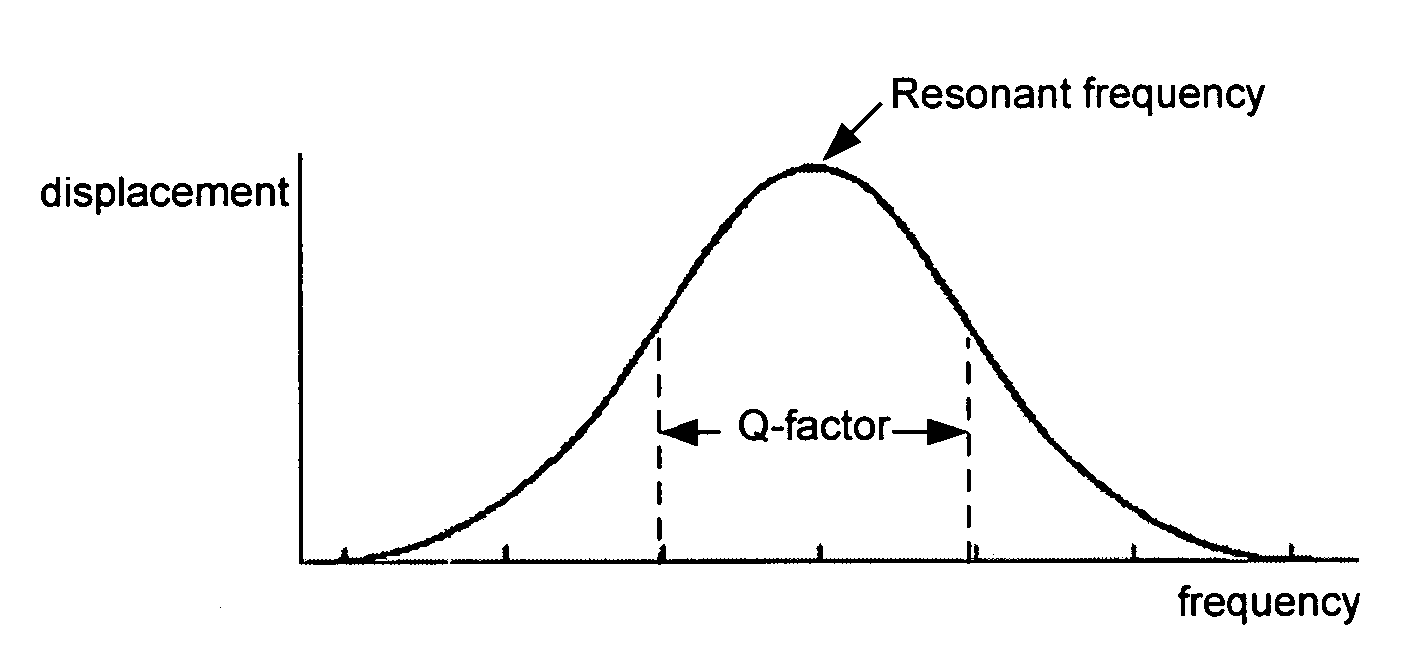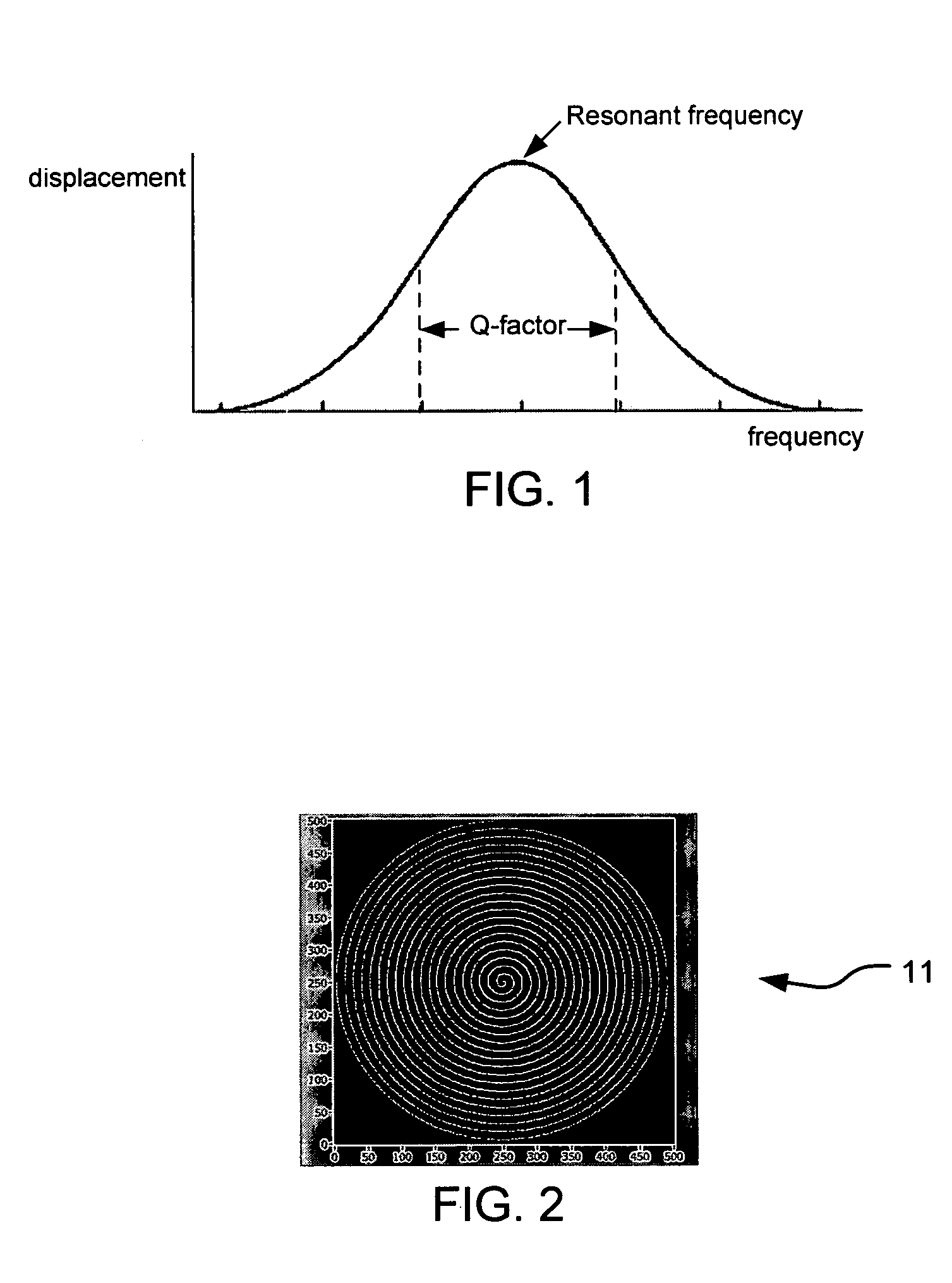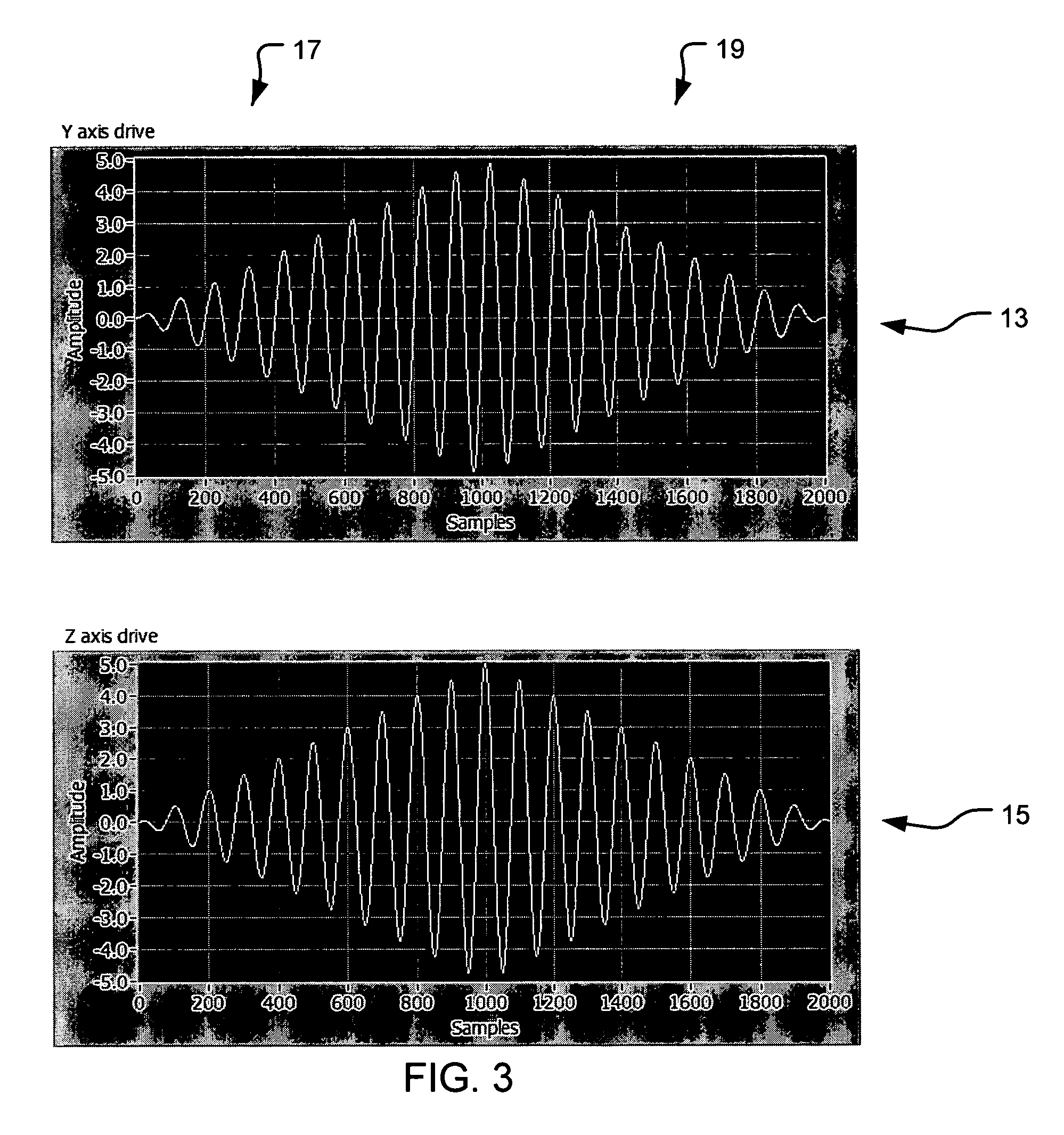Methods and systems for creating sequential color images
a color image and sequential technology, applied in the field of color image generation, can solve the problems of large data loss, increased scanning beam device size to accommodate all light detectors, and increased frame rate and detector bandwidth, so as to improve image generation and increase scan rate
- Summary
- Abstract
- Description
- Claims
- Application Information
AI Technical Summary
Benefits of technology
Problems solved by technology
Method used
Image
Examples
Embodiment Construction
[0027] Scanning beam systems of the present invention may be used for image acquisition of a target area or for displaying an image on a target area. The scanning beam systems of the present invention typically include a scanning beam device, and a base station for controlling the scanning beam device. The scanning beam devices of the present invention may take on a variety of forms, but are typically in the form of a flexible or rigid endoscope, catheter, fiberscope, microscope, a boroscope, or a display. The scanning beam devices of the present invention may be a limited use device (e.g., disposable device) or a multiple-use device. If the device is for medical use, the scanning beam devices of the present invention will generally be sterile, either being sterilizable or being provided in hermetically sealed package for use.
[0028] The scanning beam devices of the present invention include a scanning element for scanning a beam of light onto a target area. The scanning element pre...
PUM
 Login to View More
Login to View More Abstract
Description
Claims
Application Information
 Login to View More
Login to View More - R&D
- Intellectual Property
- Life Sciences
- Materials
- Tech Scout
- Unparalleled Data Quality
- Higher Quality Content
- 60% Fewer Hallucinations
Browse by: Latest US Patents, China's latest patents, Technical Efficacy Thesaurus, Application Domain, Technology Topic, Popular Technical Reports.
© 2025 PatSnap. All rights reserved.Legal|Privacy policy|Modern Slavery Act Transparency Statement|Sitemap|About US| Contact US: help@patsnap.com



